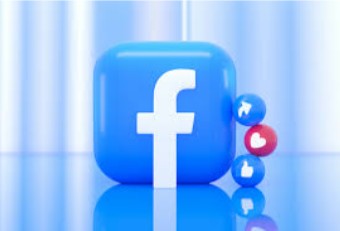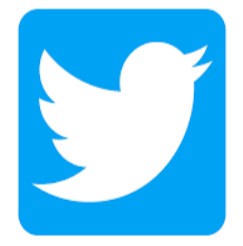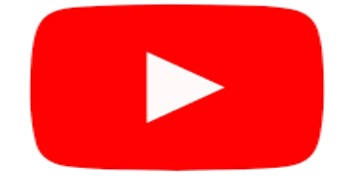Social media has become an integral part of today's digital world, completely transforming how people interact, exchange information, and entertain themselves. In this chapter, we will discuss various aspects of social media, including its definition, history, impact, advantages, and disadvantages. Platforms like Facebook, Instagram, Twitter, and WhatsApp have not only simplified communication but also deeply influenced social, political, and economic spheres. Additionally, we will explore risks associated with social media, such as data privacy, cyberbullying, and misinformation. Finally, the chapter will provide insights into the future of social media and ways to use it safely and responsibly.
Definition of Social Media
Social media refers to internet-based platforms that allow users to share thoughts, photos, videos, and information, engage in conversations, and build social networks. It is a digital medium that facilitates faster and easier communication at personal, social, and business levels. Major examples include Facebook, Instagram, Twitter, YouTube, WhatsApp, and TikTok. These platforms enable people to connect with distant relatives and friends while also providing access to news, education, entertainment, and business opportunities. Social media has revolutionized global communication and become an inseparable part of modern life.
History of Social Media
The history of social media dates back to the 1990s when the growth of the internet opened new avenues for online communication. Early social networking sites included Six Degrees (1997), which allowed profile creation and friend connections. In the 2000s, Friendster (2002) and MySpace (2003) gained popularity, especially among youth.
The launch of Facebook in 2004 marked a turning point. Founded by Mark Zuckerberg, it gradually became the world's largest social network. Around the same time, Twitter (2006) introduced microblogging, where users could share thoughts in short messages (tweets).
Post-2010, visual content-based platforms like Instagram (2010) and Snapchat (2011) gained traction among mobile users. Apps like WhatsApp (2009) and TikTok (2016) further expanded the social media landscape.
Today, social media is not just a communication tool but a powerful medium influencing society, politics, entertainment, and business. Its history reflects technological evolution and social change.
Popular Social Media Platforms
- Facebook: The largest social media platform, launched in 2004 by Mark Zuckerberg. It allows users to share posts, photos, videos, and status updates. Features like Groups, Pages, and Marketplace enhance its functionality.

- Instagram: A photo and video-sharing app launched in 2010 and later acquired by Facebook. Features like filters, Stories, Reels, and IGTV make it popular among younger audiences.

- Twitter (X): A microblogging platform launched in 2006, where users share thoughts in 280-character tweets. Known for news, politics, and trending topics.

- WhatsApp: A messaging app launched in 2009 and acquired by Facebook in 2014. It supports text, voice messages, video calls, and file sharing. Group chats and Status features are widely used.

- YouTube: The largest video-sharing platform, launched in 2005. Users can upload, watch, and comment on videos. Popular for education, entertainment, music, and vlogging.
These platforms play a major role in the social media world and are used by billions worldwide.

Advantages of Social Media
- Easy Communication: Social media has made staying connected with distant relatives and friends effortless through video calls, messaging, and posts.
- Information Exchange: A powerful medium for sharing news, education, and knowledge, keeping users updated on current events, scientific facts, and social issues.
- Business and Marketing Opportunities: Social media has opened new doors for businesses, enabling direct customer engagement through targeted ads, influencer marketing, and e-commerce features.
Disadvantages of Social Media
- Time Wastage: Excessive use reduces productivity, with many users spending hours scrolling without any real benefit.
- Mental Health Impact: Overuse can lead to stress, anxiety, and depression, often triggered by comparisons with others' "perfect" lives.
- Misinformation (Fake News): False information spreads rapidly, influencing public perception and decisions negatively.
Impact of Social Media on Society
- Cultural Change: Social media has accelerated globalization, increasing cross-cultural dialogue but also diluting local traditions.
- Politics and Public Opinion: It serves as a direct link between leaders and the public, though challenges like fake news and foreign interference persist.
The Future of Social Media
- Metaverse and Virtual Reality: Social media will integrate with 3D virtual worlds, enabling interactions through avatars.
- AI and Personalized Content: AI will curate content based on user preferences, though risks like deepfakes may increase.
- E-Commerce and Social Shopping: Platforms like Instagram Shops and Facebook Marketplace will expand digital shopping.
- Data Privacy and Security: Stricter regulations like GDPR will enforce transparency in data handling.
- Social Change and Activism: Social media will continue driving movements related to journalism, environment, and human rights.